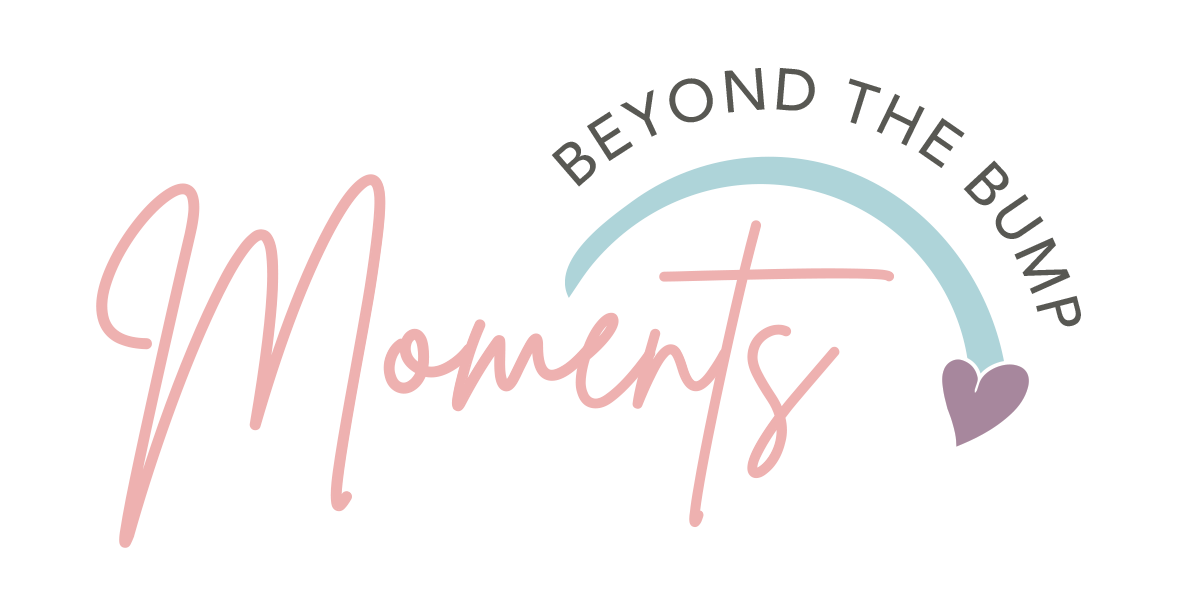“How Do I Get My Partner or Caregiver on the Same Page?”
You’ve spent hours researching sleep strategies. You’ve read the books, maybe worked with a consultant (hi!), and you’re finally feeling confident about your plan.
But there’s just one problem…
Your partner still picks the baby up after 30 seconds of fussing.
The nanny puts them to sleep in the swing.
Your mom says, “Well, you turned out fine.”
Sound familiar?
You’re not alone. In fact, one of the most common hurdles I see isn’t creating a sleep plan—it’s getting everyone else to follow it. And when it comes to sleep, consistency is everything.
So let’s talk about how to get your partner or caregiver on the same page—without creating conflict, guilt, or confusion.
Why Consistency Really Matters
Sleep training isn’t about “rigidity”—it’s about clarity and trust. Babies thrive on predictability. When the routine changes depending on who’s putting them down, it can lead to more crying, more resistance, and more night wakings.
💡 Here’s the hard truth: if you’re the only one following the plan and others are “doing their own thing,” your baby is being asked to learn multiple sets of expectations. That confusion often causes more tears—not less.
Consistency doesn’t mean perfection. But it does mean everyone’s working from the same playbook.
Step 1: Start with Empathy, Not Blame
It’s easy to feel frustrated when others aren’t on board. But most of the time, their resistance isn’t about disrespect—it’s about fear, confusion, or a lack of understanding.
Start the conversation from a place of connection:
🗣️ “I know this change feels hard. I’ve had those same doubts too. But I really believe this plan is going to help us all get more rest—and I need your support to make it work.”
This approach invites your partner or caregiver into the process, instead of making them feel like the problem.
Step 2: Share the “Why,” Not Just the “What”
Telling someone, “You need to put the baby down awake and leave the room” isn’t very convincing if they don’t understand why that matters.
✅ Explain the purpose behind the plan:
“This helps our baby learn how to fall asleep independently, so they’re not relying on us to rock or feed them every time they wake up.”
✅ Share the science if they’re the research-loving type.
✅ Talk about your goals (better rest for everyone, fewer night wakings, less frustration at bedtime).
When people understand the why, they’re more likely to support the how.
Step 3: Get Clear and Specific
It’s much easier to follow a plan when the steps are laid out clearly.
📝 Write down the bedtime routine.
⏰ Agree on how long you’ll give the baby to settle before intervening.
💤 Decide how you’ll respond to night wakings—and stick with it.
If you’re working with me or another consultant, share the plan with everyone involved in caregiving. You can even print it out and tape it inside the nursery for easy reference.
Step 4: Acknowledge the Emotional Side
Sometimes resistance isn’t about logistics—it’s about emotion.
Grandparents might feel rejected if you don’t use their old methods.
Partners might feel helpless hearing the baby cry.
Caregivers may feel like they’re doing it “wrong.”
🫶 Let them know you appreciate their love and experience—and that this isn’t a criticism of their way. It’s about what works best for this baby in this season.
Try saying:
“I know it’s hard to hear her fuss, and it’s not easy for me either. But the short-term struggle is going to lead to so much more peace for all of us.”
Step 5: Celebrate Small Wins Together
When something starts working—bedtime gets shorter, naps improve, the baby sleeps through the night—celebrate it.
🎉 “Did you notice how he settled in under 5 minutes tonight? That’s huge progress!”
🎉 “We’re really seeing the difference that consistent naps make!”
When people see the results, they’re more likely to stay consistent.
Getting your partner or caregiver on board with a sleep plan can feel like one more thing on your already-full plate—but it’s so worth it.
Remember: you’re all on the same team. Everyone wants what’s best for the baby—and sometimes it just takes a little communication and collaboration to get there.
If you're feeling stuck, overwhelmed, or like you're the only one carrying the load, I see you. And you're not alone. My role is to support the whole family—and that includes helping you get everyone aligned.
Want help navigating the next step or building a plan that works for everyone? I’m here for you—reach out any time.
